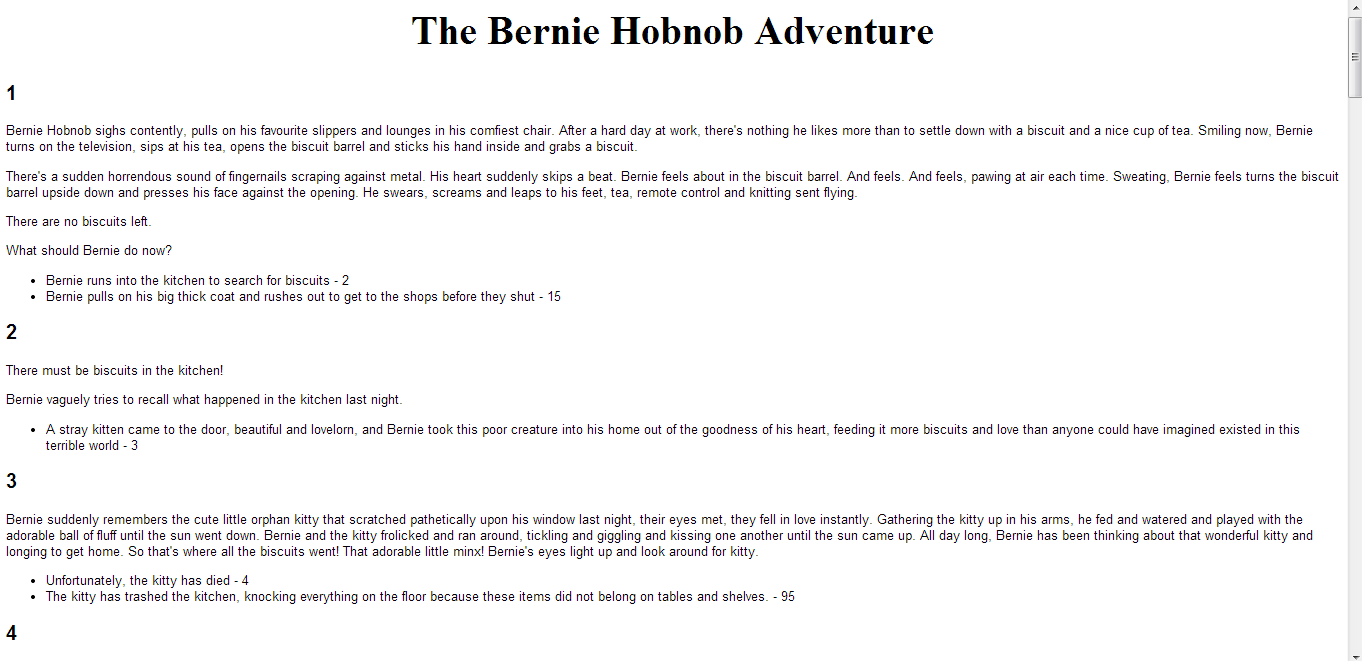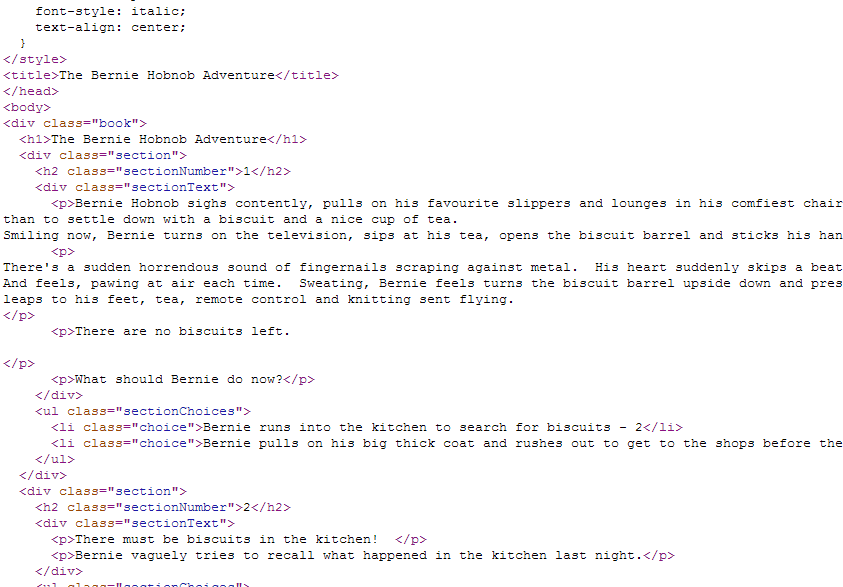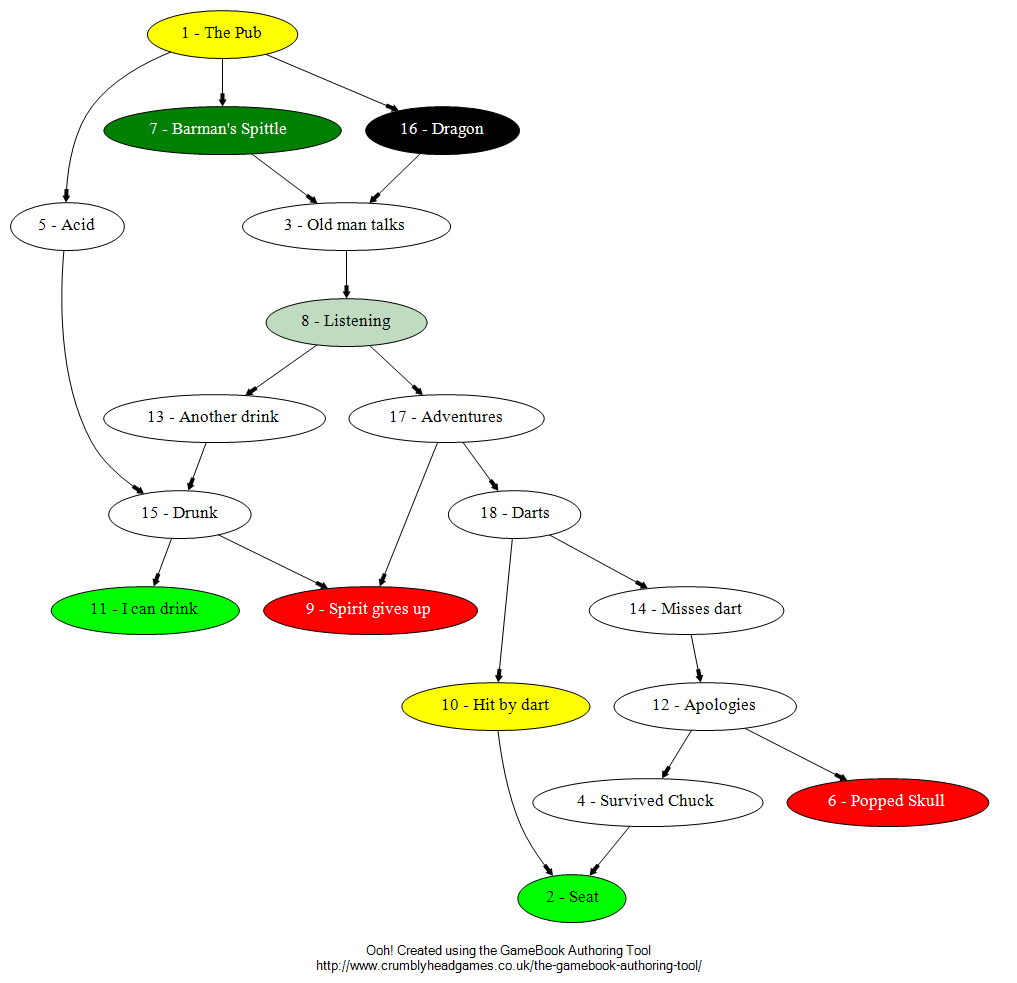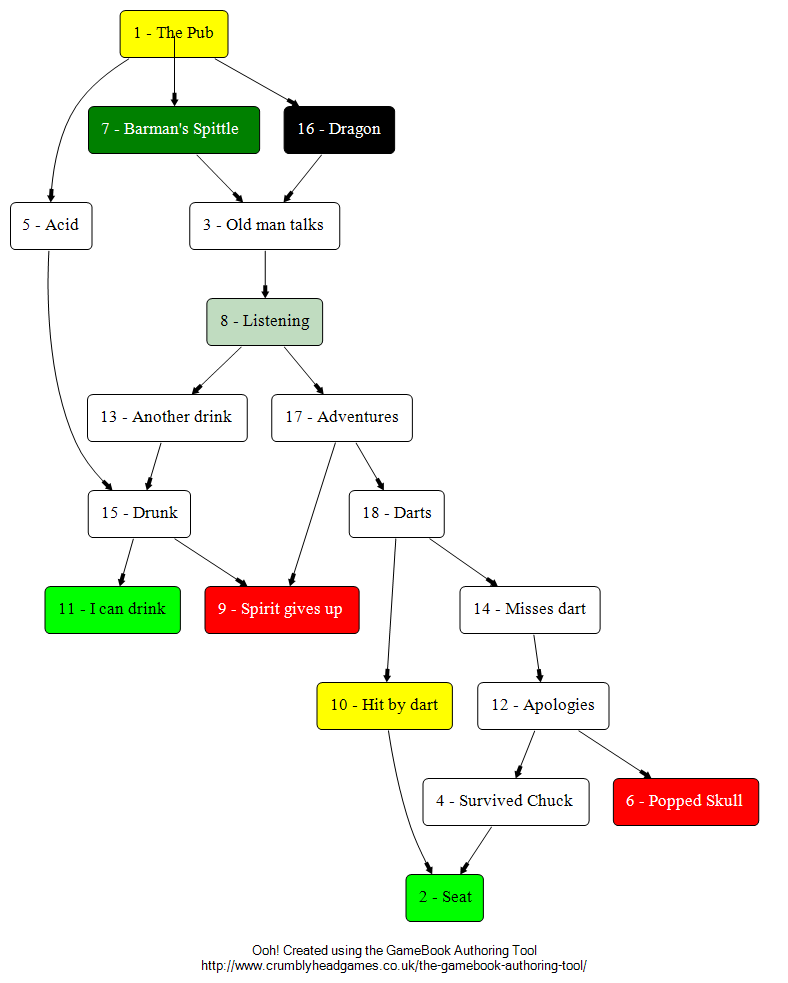The Lindenbaum Memory Palace by Stuart Lloyd
Download The Lindenbaum Memory Palace
Warning! Review may contain spoilers!
The Lindenbaum Memory Palace is an educational, psychological, memory-building gamebook by Stuart Lloyd. It is an entry in the 2013 Windhammer Prize. Stuart won this prize three years ago.
Wait, it’s a what gamebook? Educational, psychological and memory building?? “Warning! This is no normal book!” the author states as the opening paragraph, before playfully going on to “Warning! This is no normal gamebook!” It’s the first entry so far this year, or indeed any gamebook I’ve ever seen, that has an appendix full of links to wikipedia. If we want to win this gamebook, we’re going to have to learn. Some real, proper, stuff. Oh noes!
It’s actually a pretty good idea. When I was younger I would only ever read gamebooks. As as result I learned: how to add two dice together really well; advanced reasoning; battle tactics; strange liquids in bottles should almost always be drunk; inventory management; lots of things not to say on a first date. Anything to do with photosynthesis or mind exercises promoting self-improvement wouldn’t have gotten a chance. As I’ve gotten older though, my reading has varied a bit more, and I have actually read about memory palaces recently (from Derren Brown’s Tricks of the Mind). The memory palace is a building you know room-by-room, and you populate a room each time you learn an additional piece of knowledge about a particular subject (ie, titles of Shakespeare plays, or how plants get their food). In each room is a vivid and weird encounter that relates to a particular item you want to remember. Later, when you want to recall all of your knowledge, you mentally wander through your palace and poke your head into each of your little rooms. So it’s exactly like Warlock of Firetop mountain, except it’s filled with stuff you want to remember instead of keys and annoying zombies. Derren Brown recommends you make each of your rooms as vivid and disgusting and personal as possible, as this is the best way to remember them. Stuart is inviting us into his very own memory palace, which is very brave of him. Who knows what we might find? (Any would be psychologists, here is a great case-study).
So we begin with the rules. After the last few days of gamebooking the body count has been getting rather high, so it is nice to find we have no combat rules to learn or dice to throw. There will, however, be an exam at the end. We also finally meet our first dwarf in the competition this year. He is called Steve.
And with a Cheshire cat grin, the examiner presses his big round red nose which starts the huge
clock at the front of the hall ticking. You swear that the minute hand is moving as fast as a second
hand, but you have no time to think about that. As the rest of the students start scribbling their
answers down at what seems like light speed, you frantically search your pockets for some kind of
pen. However, you pull out nothing but handfuls of fluff, buttons, pennies and sticky chewing gum.
With my last biology class taken around 14 years ago and my own photosynthesis memory palace long since bulldozed over and crowned with a StarBucks, I actually quite enjoyed this educational trip. You enter a room, meet a colourful character, and then you are given a question. You are then given the answer and an explanation. This gamebook would actually work a lot better interactively, with images and animations and the links to the internet not so far away. In other words, it would work great as an app (which is this year’s first prize, incidentally).
It is certainly a wonderful idea and a good combination of genres. However, it stands as a novel curiosity rather than a fantastic gamebook. There is barely a plot and the rooms don’t really hang together in any meaningful way (apart from for the author perhaps). Its brilliance lies in a wedding of ideas that do deserve to be explored further. You should try it, and you might even learn something interesting about plants.



